In today’s digital-first world, expressing how much we miss someone often happens over text, chat apps, or social media. But simply typing “I miss you” might not always feel enough. That’s where emojis for i miss you come in — a subtle yet powerful way to add depth, emotion, and personality to your message.
From longing to sadness, from warmth to romantic affection, the right emoji can convey what words alone may struggle to say. This guide explores the best emojis for i miss you texts, what they mean, and how to use them to craft heartfelt digital messages.
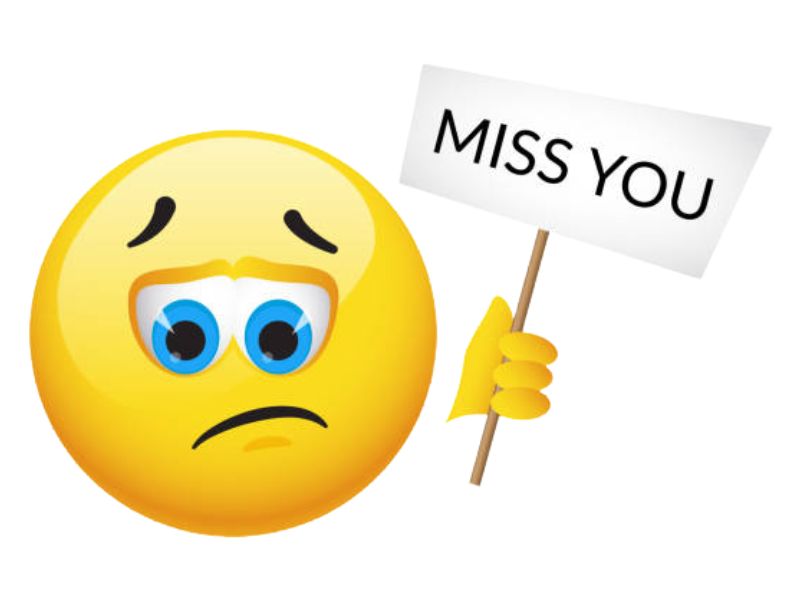
Why Use Emojis For I Miss You?
Typing “I miss you” can feel too simple or even emotionally distant, especially when you’re trying to show someone how deeply you care. Emojis bridge that gap.
Here’s why emojis for i miss you are so effective:
- They add emotion visually: Emojis allow you to express tone and feeling with clarity.
- They show vulnerability: A sad face or tear can signal honest emotion.
- They make the message personal: Emojis let you tailor the message to your unique relationship.
- They stand out: In a sea of plain messages, an emoji-enhanced message feels more engaging.
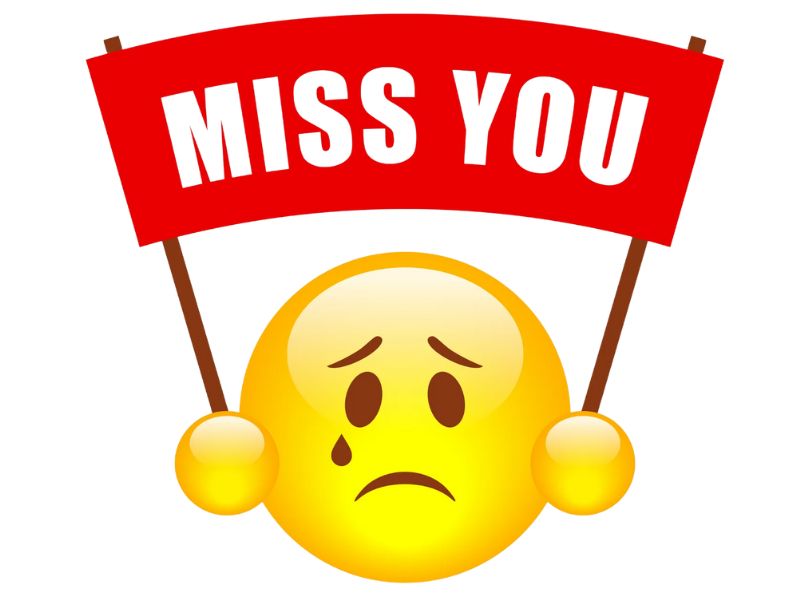
Most Popular Emojis For I Miss You
Let’s explore the most common and expressive emojis for i miss you, along with their meanings:
1. Sad Face
A classic way to show you’re feeling down or emotional because of someone’s absence.
2. Crying Face
This emoji adds intensity and shows that you’re truly affected emotionally.
3. Face With Pensive Look
Used to express quiet longing or reflective sadness.
4. Broken Heart
Ideal for showing deep emotional pain when you miss someone intensely.
5. Red Heart
Represents love, affection, and deep emotional connection — a must in romantic “I miss you” messages.
6. Hugging Face
Sends a virtual hug and helps express the need to be close again.
7. Clock Or Calendar
Often used to imply waiting, time apart, or counting the days until reunion.
These are among the most effective emojis for i miss you texts because they match a variety of emotional tones — from friendly to romantic to melancholic.
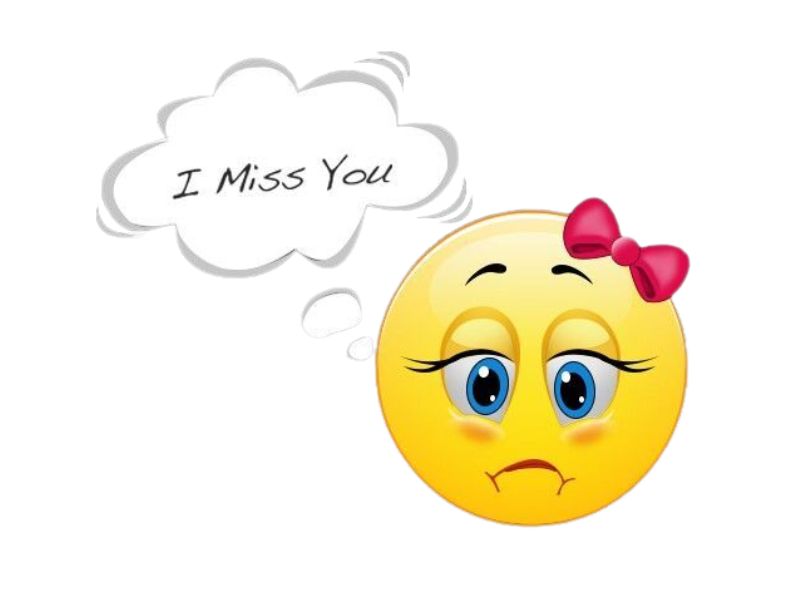
How To Use Emojis For I Miss You In Different Contexts
1. Romantic Relationships
Whether it’s a long-distance relationship or just a few days apart, adding emotional or love-related emojis strengthens the bond.
Example:
“I miss you so much. Can’t wait to hold you again.”
2. Family Messages
When sending love to parents, siblings, or grandparents, use gentle and affectionate emojis that emphasize care.
Example:
“Missing home a lot today. Hope to visit soon.”
3. Friendships
Missing a friend after moving away or being separated for a while? Friendly emojis can lighten the mood while still being sincere.
Example:
“Been thinking about our old hangouts. Miss you loads!”
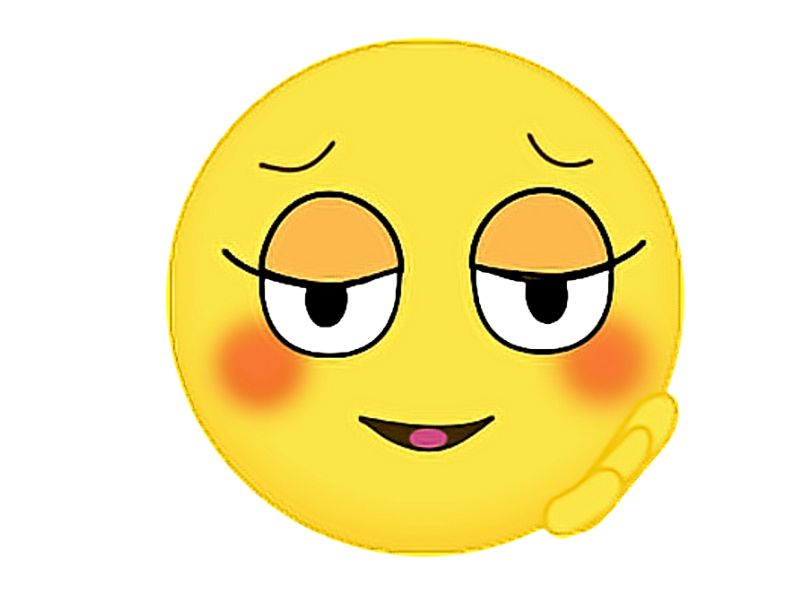
Emojis That Should Be Used With Caution
Not all emojis are appropriate for every “I miss you” situation. Avoid emojis that:
- Change the tone unintentionally (e.g., laughing emojis may be seen as insensitive)
- Create confusion (some emojis have dual meanings depending on culture or context)
- Seem too intense too soon in casual friendships or new relationships
Stick with emojis that genuinely match your emotional state and relationship dynamic.
Where To Find And Copy The Best Emojis For I Miss You
For those unsure about which emojis to use or how they look across platforms, resources like emojihub.online are incredibly useful. With emojihub, you can:
- Explore curated collections, including emojis for i miss you
- Instantly copy emojis without worrying about compatibility
- Learn the meaning and context behind each emoji
- Use emojis that render correctly on all major devices
This ensures that when you send a heartfelt message, your emoji will appear just as you intended.
Tips For Using Emojis For I Miss You Effectively
Here are a few best practices to make your emojis for i miss you messages more meaningful:
- Keep it genuine: Don’t force too many emojis into your message. Use them where they naturally enhance your words.
- Match the tone: Use emojis that reflect your current feeling — from a quiet ache to a dramatic “I can’t stand being apart.”
- Use sparingly: A couple of well-placed emojis often say more than a string of twenty.
- Consider timing: A sad emoji late at night may feel different than the same emoji sent in the middle of a busy workday. Think about how your message will land emotionally.
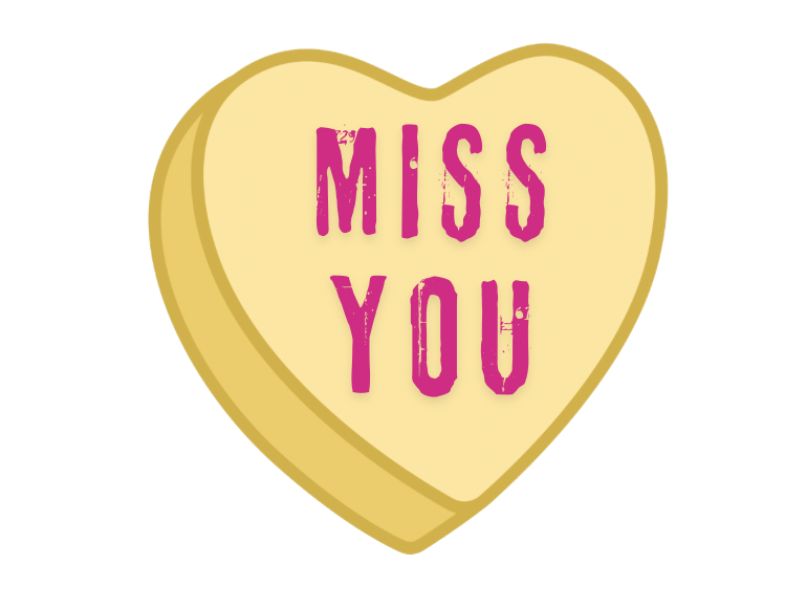
Cultural And Generational Differences In Emoji Use
Interestingly, how people use emojis for i miss you can vary by age group or culture. Some younger users may lean toward more expressive emoji combinations, while older users may use them more conservatively. In some cultures, specific emojis may hold unique connotations — so it’s worth being mindful of context.
Still, emojis remain one of the most universal ways to express human emotion. And when chosen thoughtfully, they make any message more personal and powerful.
Emoji Psychology: Why They Work So Well
There’s a reason emoji-based messages resonate so strongly. Our brains process visual stimuli faster than text, and emojis mimic facial expressions and emotional cues we naturally respond to. That makes emojis for i miss you not only decorative but deeply psychological — triggering empathy, comfort, and emotional connection.
Especially in moments of distance, using a well-chosen emoji helps people feel closer even when they’re far apart.
Conclusion: Express More Than Words With Emojis For I Miss You
Saying “I miss you” is never just about the words — it’s about connection, longing, and sometimes, love. Emojis offer a richer, more nuanced way to express those feelings. Whether you’re messaging a partner, friend, or family member, using emojis for i miss you makes your message more vivid, heartfelt, and memorable.
To discover the best emojis to express yourself, visit emojihub.online — your go-to source for meaningful emoji communication.